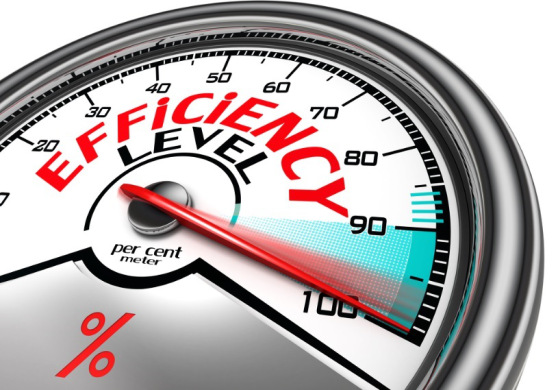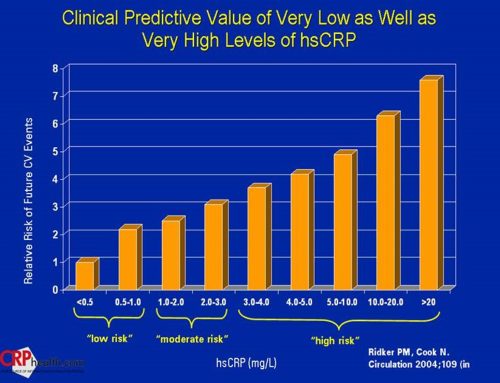Measuring Efficacy of Periodontal Therapies: A Scientific Approach
Suitable for both novice and advanced laser users. Dentists are encouraged to attend with or without their hygienist.
31 states now allow hygienists to use lasers for Laser Assisted Periodontal Therapy. Typically, hygienists see 128 patient each month. They measure, diagnose and co-treatment plan each of those patients. Many incorporate Laser Assisted Periodontal Therapy.
But how effective is LAPT? How do you measure efficacy of LAPT or any other hygiene therapy or combination of therapies? When and how should LAPT be incorporated into treatment planning? How do outcomes determine what to do next?
A step by step approach to measuring hygiene therapy outcomes will be outlined and how to use that information to determine next steps for the patient.
Attendees will see that when they scientifically measure outcomes, a “one size fits all” soft tissue management approach and perhaps their current diagnostic protocols may be challenged.
This lecture is a must for anyone practicing TMD or Sleep Medicine as the protocol presented integrates with both modalities.
Objective 1 Changing attitude and approach by scientifically evaluating treatment outcomes by answering: Is Perio active, in remission or in a holding pattern? What is “healthy”? How to baseline tissue damage, active disease, Inflammatory levels, A1c, health and family health histories, genomes? New knowledge about tx efficacy when “after” therapy tests compare to baseline. Learners learn when to retest for comparison, how tests are evaluated and determining if results show short or long term improvements and communicating results with patients.
Objective 2 Measure the outcome of periodontal therapy(ies) to determine changes in the level of:
1. Active periodontal bacterial infection
2. Periodontal tissue health
3. Systemic health involvement
Objective 3 How to baseline, re-test, compare and interpret patient health histories, family health histories, blood pressure; probing scores, bacterial enzyme test, A1c and C-Reactive Protein dry blood tests, Interleukin gene and perio Pathogen tests to determine TX efficacy.
Objective 4 Correcting outdated knowledge as learners see what is necessary for treatment success and what to do if partial treatment was done. How to choose which combination of tx modalities to use. Will learn what to do moving forward with the patient, no matter therapy outcomes. As the learner understands their new role in health management, they will know when to involve the patient’s physician and how to manage that relationship. The ultimate outcome is to alter the habits of the learner to better patient health.
Please fill out the form below to request a callback with more information and receive your free report
[contact-form-7 id=”468″ title=”ALD Orlando Conference”]




